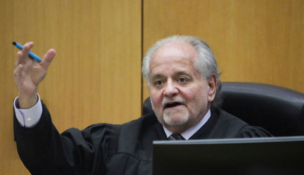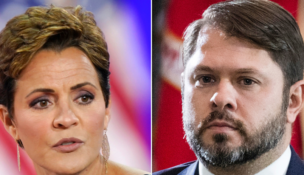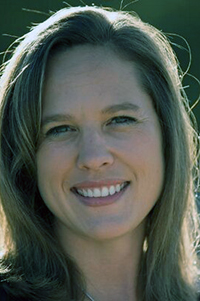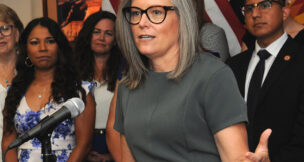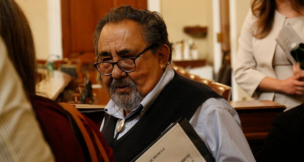Cash-short Arizona makes do with modest centennial
Paul Davenport, Associated Press//May 17, 2011//[read_meter]
Cash-short Arizona makes do with modest centennial
Paul Davenport, Associated Press//May 17, 2011//[read_meter]
[caption id="attachment_35946" align="alignleft" width="300" caption="Arizona Gov. Jan Brewer speaks during a ceremony for the new Centennial Way to celebrate the upcoming Arizona centennial in 2012, Tuesday, May 17, 2011, in...






